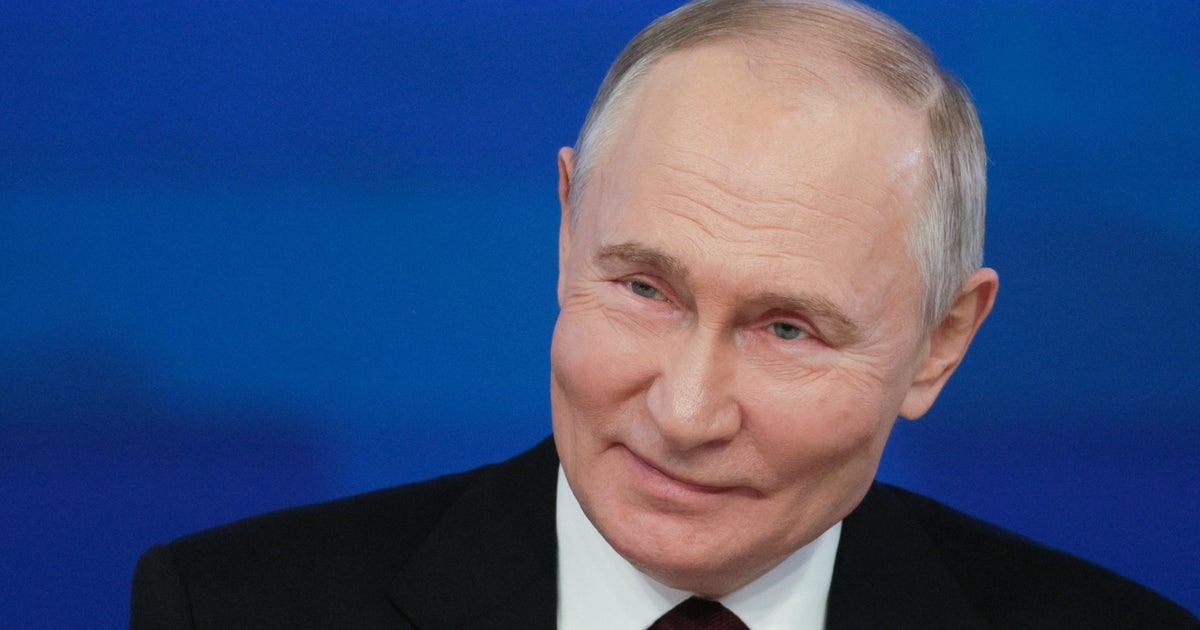Taiwan says China is practicing for an invasion. Here's what you need to know about the ongoing war games.
Taiwan's government warned Tuesday that China's ongoing military exercises around its shores were not only a rehearsal for an invasion of the tiny, self-governing island, but an indication that Beijing intends to take control of huge swaths of the western Pacific. The warning came as Taiwan's military conducted its own exercises, clearly intended to show readiness to defend against any Chinese invasion.
China considers Taiwan its own territory, and President Xi Jinping has made it clear that he intends to exert control over the island, by force if necessary.
His regime was infuriated by U.S. House Speaker Nancy Pelosi's visit to Taiwan earlier this month, which Beijing considered a direct challenge to China's claim over the island. Beijing immediately launched the dramatic war games around Taiwan in response, in addition to ending a number of cooperation agreements with the U.S. on everything from defense to the environment.
China has flown warplanes across the sea boundary that separates Chinese and Taiwanese waters daily during the drills, and it has also launched missiles into the waters surrounding the island.
"China has used the drills in its military playbook to prepare for the invasion of Taiwan," the island's foreign minister, Joseph Wu, said Tuesday. "China's real intention is to alter the status quo in the Taiwan Strait and entire region."
Here are a few essentials to understand about the ongoing military exercises, and both sides' capabilities.
What are China's military exercises off Taiwan intended to show?
China's military drills — unprecedented in scale and intensity — have sought to surround the democratic, self-governing island with six active zones. In doing so, China has demonstrated an ability to, and practiced, cutting off access to the Taiwan Strait that separates the island from the Chinese mainland. It has severely restricted access to Taiwan's major ports in the process.
The exercises show China's military operating in areas that would allow it to attack Taiwan's primary military bases, and effectively prevent escape from the island by sea.
The U.S. Defense Department says it still believes China will not launch an invasion of Taiwan in the next two years. But China's prolonged show of force is seen not only as a way of practicing for a blockade and invasion, but also as an attempt to normalize Chinese aggression in the Taiwan Strait.
How does Taiwan's military compare to China's? Can it defend itself?
Taiwan has fewer than 200,000 active-duty military personnel compared to China's 2 million. Taiwan's compulsory military duty — for men only — is just four months, arguably too short to prepare soldiers for active combat.
Taiwan has about a fifth as many combat aircraft as China, and most of its fighter jets are dated.
This week, Taiwan has held what it called regularly scheduled defensive drills, firing artillery out to sea. The exercise was carried out by hundreds of troops and involved several dozen howitzer artillery pieces.
War simulations by U.S. experts predict that if the U.S. were to help defend Taiwan from a hypothetical Chinese attack, the island could successfully resist invasion. But the damage to Taiwan, physically and economically — not to mention the cost to U.S. forces — would be enormous.
President Biden has said the U.S. would intervene military to defend Taiwan if China were to attempt an invasion.
If the war games continue, could it impact global trade?
Despite China's indefinite extension of its military exercises this week, shipping in the Taiwan Strait — one of the busiest shipping and air routes in the Asia Pacific region — appeared to be returning to normal on Tuesday after some disruptions.
But we're seeing Chinese aggression playing out in non-military ways, too.
Japan's Nikkei newspaper reported that Apple had asked its parts suppliers to stop using "Made in Taiwan" labels on shipments bound for China, and to start labeling components as being made in "Taiwan, China," or "Chinese Taipei."






